The views expressed in our content reflect individual perspectives and do not represent the authoritative views of the Baha'i Faith.
A century ago, France was friendly to women who wished to become pilots, and also to people of color—which launched the career of Bessie Coleman
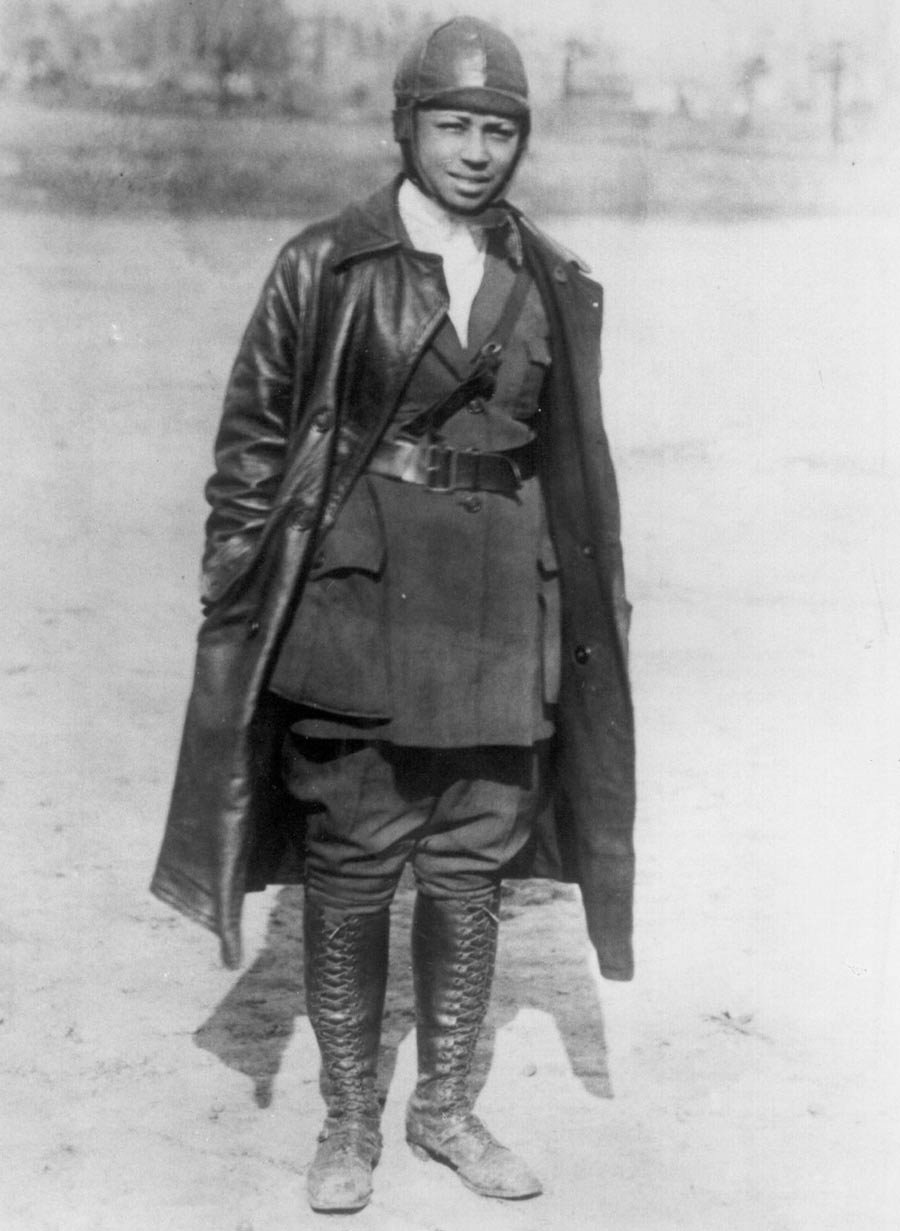
Bessie Coleman
Bessie Coleman faced the double whammy of being black and female in America. Born January 26, 1893 in Atlanta, Texas, she was one of thirteen children who had an absent father. The siblings picked cotton and assisted their mother with laundry she took in to help support the family.
With the work ethic she learned, and a strong belief in her own abilities, Coleman enrolled in Oklahoma’s Langston Industrial College. All the money she earned working went to her education, but it wasn’t enough. Unable to continue, she left after one semester and moved in with an older brother in Chicago, where in 1915 she became a manicurist.
In the wake of the horrific American race riots of 1919, which left many dead and even more injured, this intrepid woman sought change. She wanted to do something more than just sit and tend to people’s hands. Intrigued by photos and accounts of airplanes and pilots, she dreamt of learning to fly. That interest turned to dogged determination after her brother John said, “You n—– women ain’t never goin’ to fly. Not like those women I saw in France.” She smiled at him and said; “That’s it — You just called it for me.” – www.bessiecoleman.org
With the encouragement of the Chicago Defender’s publisher, the African-American Baha’i Robert Abbott, Bessie Coleman studied French, applied to aviation schools in France and was accepted to the renowned Ecole d’Aviation des Freres Cadron et Le Crotoy. She set sail for France on November 20, 1920.
In the early days of aviation, danger lurked everywhere. Some of Bessie’s fellow students lost their lives in crashes. Undeterred, she pressed on, and on June 15, 1921 became the first American to earn an international pilot’s license from the Federation Aeronitique Internationale. Requirements included the demonstration of “…high skill sets comprised of life-saving maneuvers including turning off the engine before touching down.” – Ibid.
Bessie returned to the United States a few months later, lauded by the African-American press but mostly ignored by mainstream media. The same discrimination that prevented her from training in her home country now made it equally impossible for her to find employment in her field, or to even purchase her own plane. Once again, her indomitable will led her back to Europe:
She studied with the famous WWI German ace pilot, Captain Keller and test piloted airplanes in the Netherlands for Anthony Fokker, “The Flying Dutchman.” … These men trusted her flying skills. She perfected life-saving maneuvers into finely polished aerobatic stunts—figure eights; loop the loops, trick climbs, and landing the airplane with the engine off. In Germany, she was praised for flying the largest and most awkward aircraft ever flown by a woman. – ibid.
She next set foot on American soil on August 14, 1922, this time welcomed by the black press, and also reporters from the New York Times and the Chicago Tribune. The former wrote that aviators from France and the Netherlands declared Coleman to be “one of the best flyers they had seen.” Coleman became a stunt pilot doing exhibitions around the country, her growing popularity evident with both black and white audiences. People started referring to her as Queen Bess.

Bessie Coleman
Before 10,000 spectators at a Los Angeles, California air show in February of 1923, she rose 300 feet, the motor stalled, and her plane smacked back down to earth. En route to a three month hospital stay she declared, “Tell the world I’m coming back.”
She did return, and even dared to take her shows into the South, determined to bridge the racial divide. She wanted to lift up her fellow blacks and help whites accept them. She encouraged other African-Americans to fly, but she didn’t limit herself to her own race. Paul McCully, a young white fan of Queen Bess, credited her with getting his flying career off the ground (pun intended).
Three years after that first crash, on April 30, 1926, she went up with a co-pilot at the controls. The usually safety-conscious Coleman neglected to attach her seat belt in order to scan the landscape as she planned her stunts for the following day. A loose wrench jammed the controls, Bessie fell to her death, and the pilot died when the plane crashed. Brave Bessie, as some called her, was only 34 years old—but she had already accomplished so much in her short life. Some honors for this daughter of sharecroppers:
- Soon after her death, Bessie Coleman Aero Clubs established by black pilots.
- In 1975 the Bessie Aviators began, founded by blacks but open to all female flyers, regardless of race. Queen Bess would be proud.
- In 1990, road near Chicago’s O’Hare Airport was named for her.
- Also in 1990, her likeness was included in the mural, “Black Americans in Flight” at Lambert-St. Louis International Airport.
- In 1995, the U.S. Postal Service issued a Bessie Coleman commemorative stamp.
- And annually on April 30, African American aviators fly in formation over Lincoln Cemetery in southwest Chicago and drop flowers on Queen Bess’ grave.
The earliest female fliers—Baroness Raymonde de Laroche, who we met in an earlier essay, and Queen Bessie Coleman—both bear tremendous testaments to the Baha’i teaching of the equality of women and men:
Woman’s lack of progress and proficiency has been due to her need of equal education and opportunity. Had she been allowed this equality there is no doubt she would be the counterpart of man in ability and capacity. The happiness of mankind will be realized when women and men coordinate and advance equally, for each is the complement and helpmeet of the other. – Abdu’l-Baha, The Promulgation of Universal Peace, p. 182.
Egalitarian, forward-looking European men like Charles Voisin, Captain Keller and Anthony Fokker educated women in aeronautics and ensured they had the opportunity to prove their abilities and capacities. Welcomed into their milieu, soon the entire world became theirs. Their legacies: to open the skies to more and more women, and to prove that humanity needs both strong wings to fly.


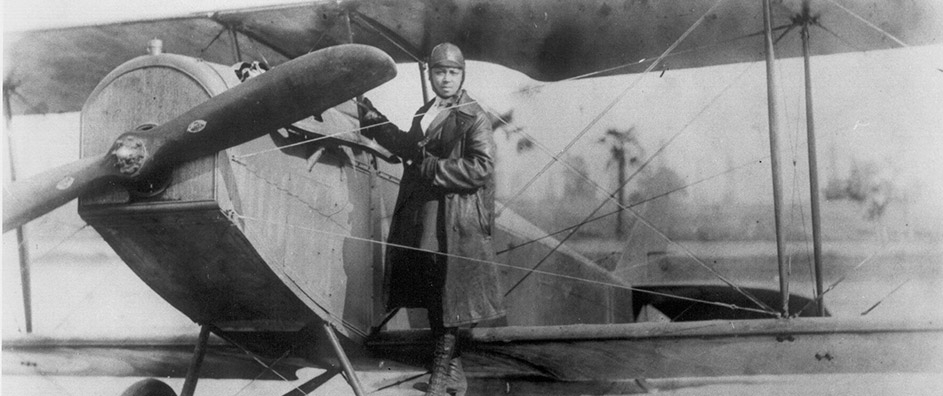
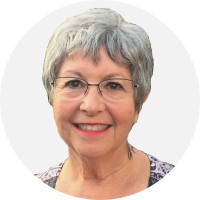
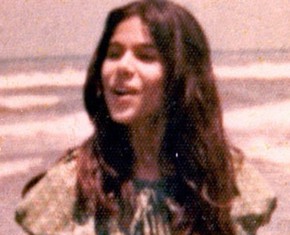





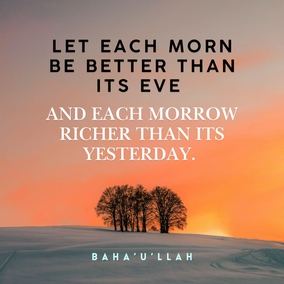
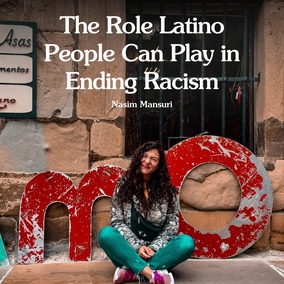




Comments
Sign in or create an account
Continue with Googleor